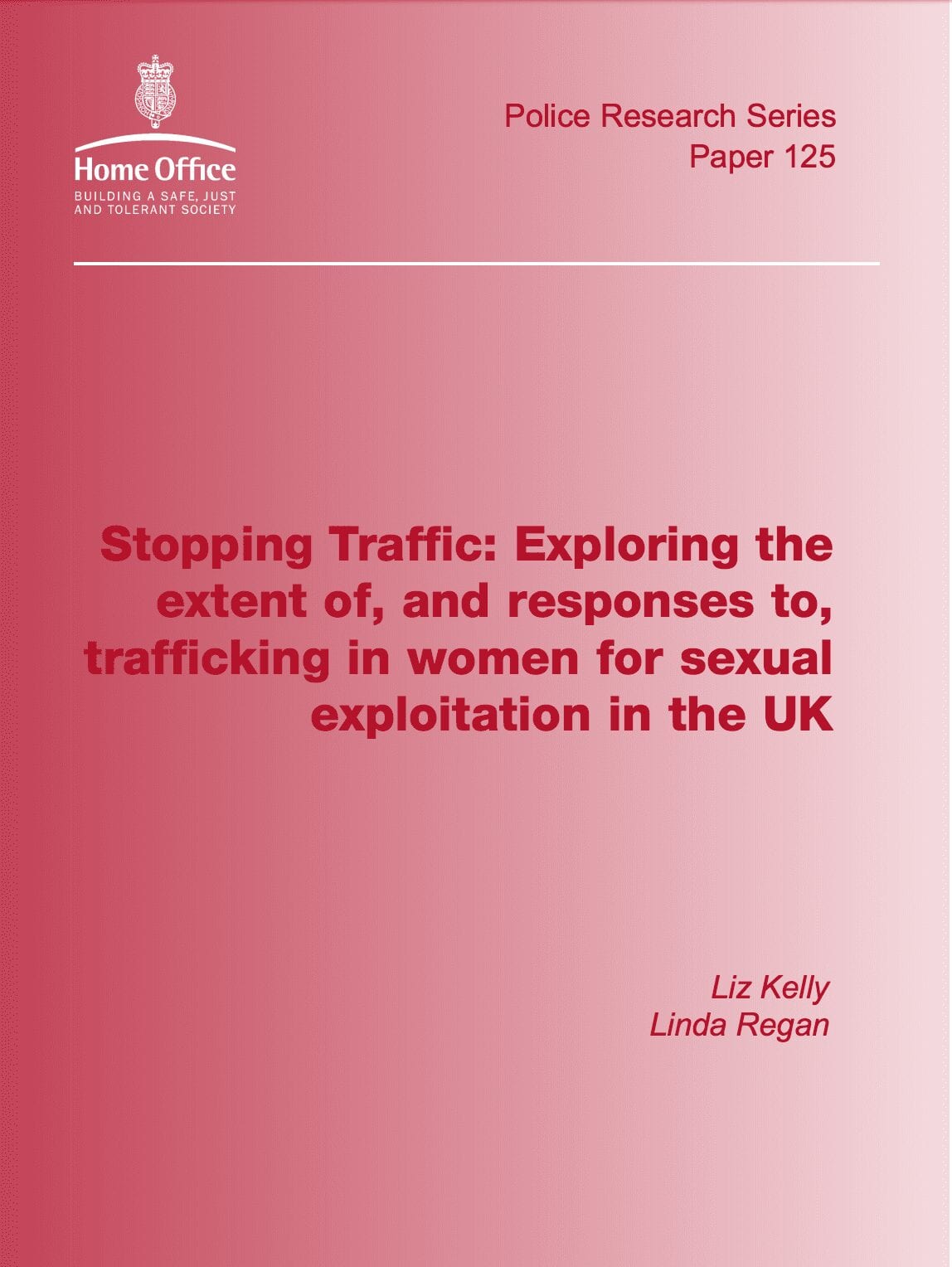
Stopping Traffic: Exploring the extent of, and responses to, trafficking in women for sexual exploitation in the UK
This paper presents the findings of research carried out to assess the extent of trafficking in women for the purposes of sexual exploitation and the law enforcement responses in the UK. It estimates the number of women trafficked into conditions of sexual slavery, the ways in which they are trafficked and the responses of all relevant agencies in tackling and preventing such trafficking. A wide range of data sources have been used in this study, though finding accurate estimates of the scale of either the sex industry in general, or trafficking in particular, has proven problematic.
The research establishes base-line data on the number of women known to have been trafficked into the UK during 1998. From this, a series of assumptions are used to produce a maximum estimate of the size of the problem. This information is presented as the range of numbers of women possibly trafficked in the UK during this period. A number of methods of ‘supplying’ women are identified and are discussed in a series of case studies indicating how they became known to the police and how the cases were resolved.
The research identifies the current law enforcement responses and the legislation drawn on in tackling women identified as having been trafficked. In doing so, a ‘human-rights’ based approach, endorsed by the Association of Chief Police Officers, is suggested as ‘good practice’. A range of recommendations are made by the researchers for the police, immigration service, local and central governments and many other organisations with a potential impact on this activity. A co-ordinated, partnership, response is suggested as likely to be the most effective in reducing the scale and cost of this criminal activity.
